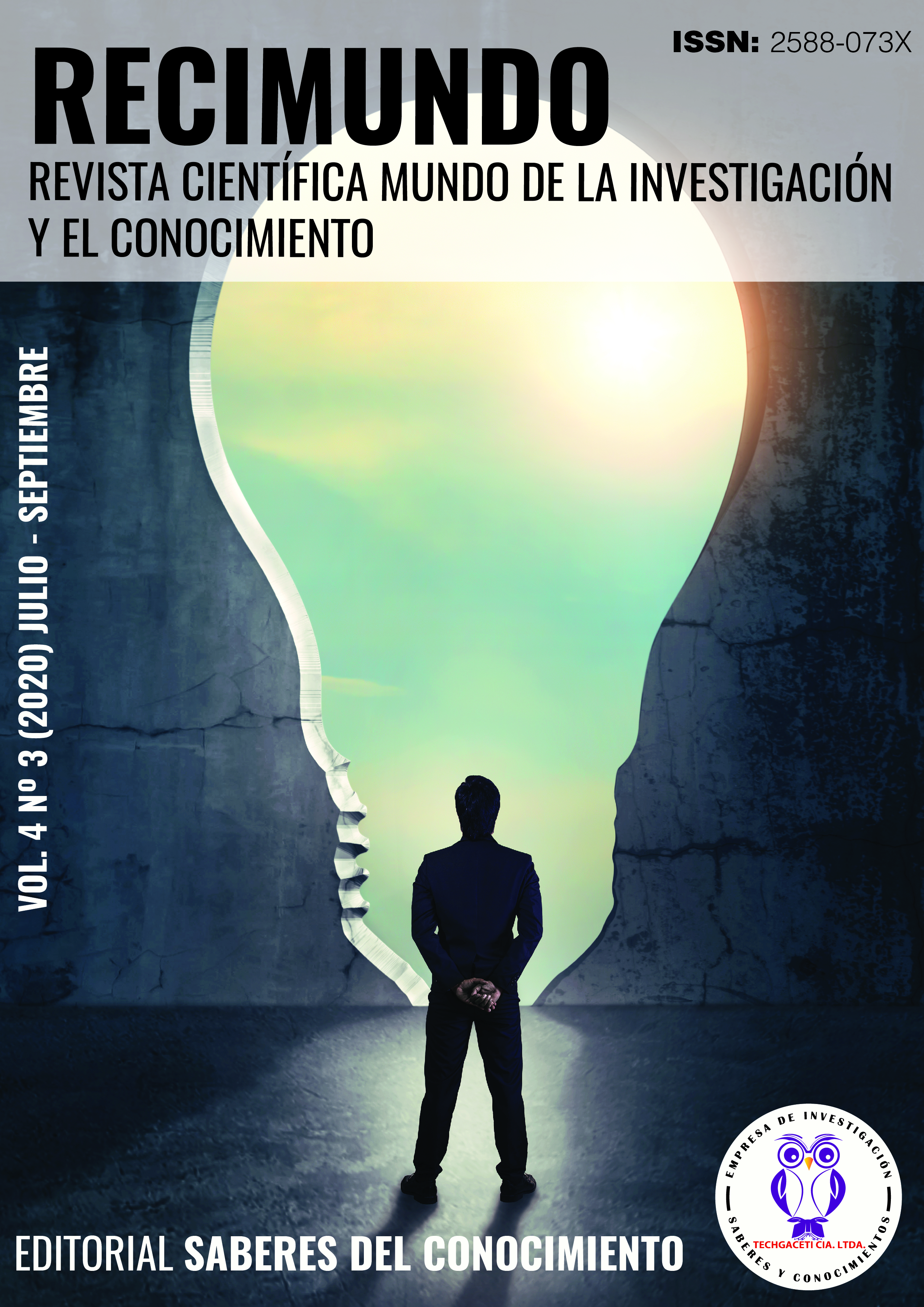Hiponatremia y síndrome hepatorrenal
DOI:
https://doi.org/10.26820/recimundo/4.(3).julio.2020.102-117Palabras clave:
Hiponatremia, síndrome hepatorrenal, cirrosis, ascitisResumen
La hiponatremia y el síndrome hepatorrenal son complicaciones graves en pacientes con cirrosis y ascitis como resultado de anormalidades circulatorias (vasodilatación esplácnica y sistémica) que se desarrollan con hipertensión portal. Ambas condiciones están asociadas con un mayor riesgo de muerte. La hiponatremia y la insuficiencia renal pueden desarrollarse en pacientes con cirrosis debido a causas distintas a la hipertensión portal. El empeoramiento de la vasodilatación con la consiguiente no osmótica, la liberación de arginina-vasopresina y vasoconstricción renal son el principal mecanismo patogénico para la hiponatremia y síndrome hepatorrenal, respectivamente. Tanto la hiponatremia como el síndrome hepatorrenal presagian un mal pronóstico en el paciente con cirrosis y ascitis. La terapia principal de la hiponatremia consiste en el receptor AVP antagonistas. La terapia principal del síndrome hepatorrenal consiste principalmente en vasoconstrictores. Ambas terapias se consideran terapias "puente" para el trasplante de hígado. Hacer un diagnóstico diferencial preciso es importante tanto terapéutica como pronósticamente. En este artículo, se discute la fisiopatología, el diagnóstico, el diagnóstico diferencial y el tratamiento de la hiponatremia y el síndrome hepatorrenal en pacientes con cirrosis.Descargas
Los datos de descargas todavía no están disponibles.
Publicado
2020-07-11
Cómo citar
Garzón Ospina, L. L., Grisman Laverde, J. L., Albán Tapia, J. A., & Olmedo Cahuasquí, J. P. (2020). Hiponatremia y síndrome hepatorrenal. RECIMUNDO, 4(3), 102–117. https://doi.org/10.26820/recimundo/4.(3).julio.2020.102-117
Número
Sección
Artículos de Investigación



